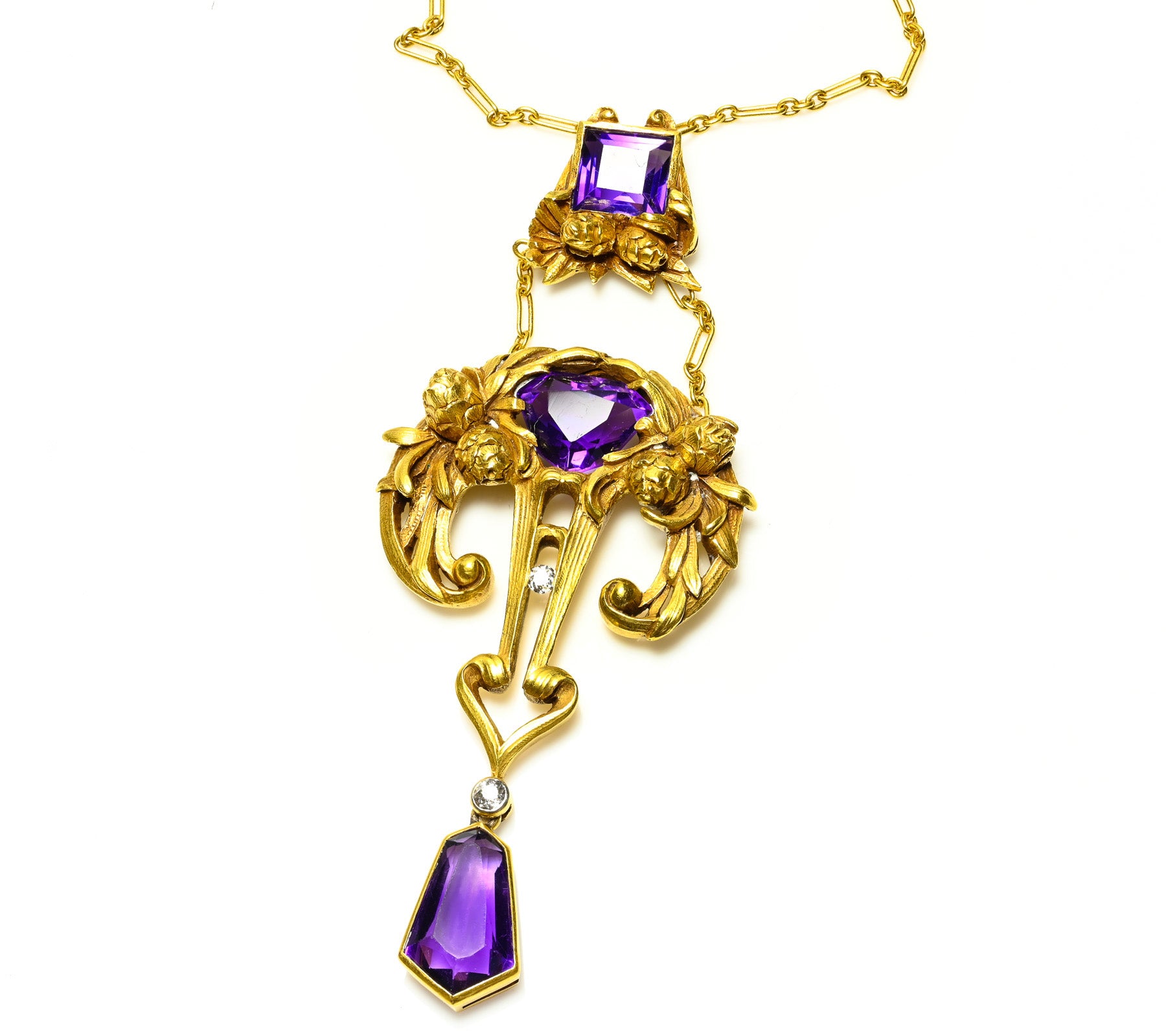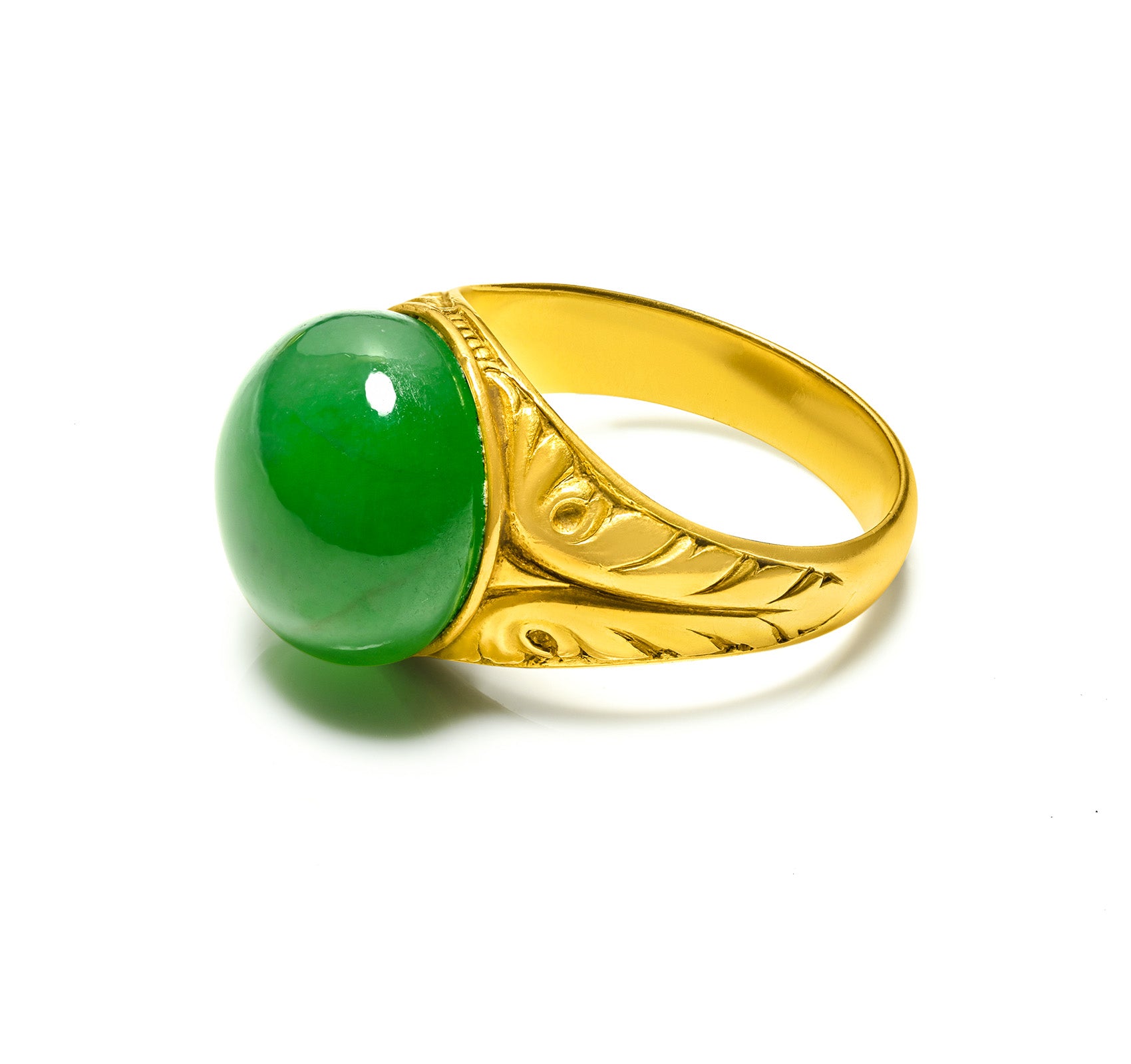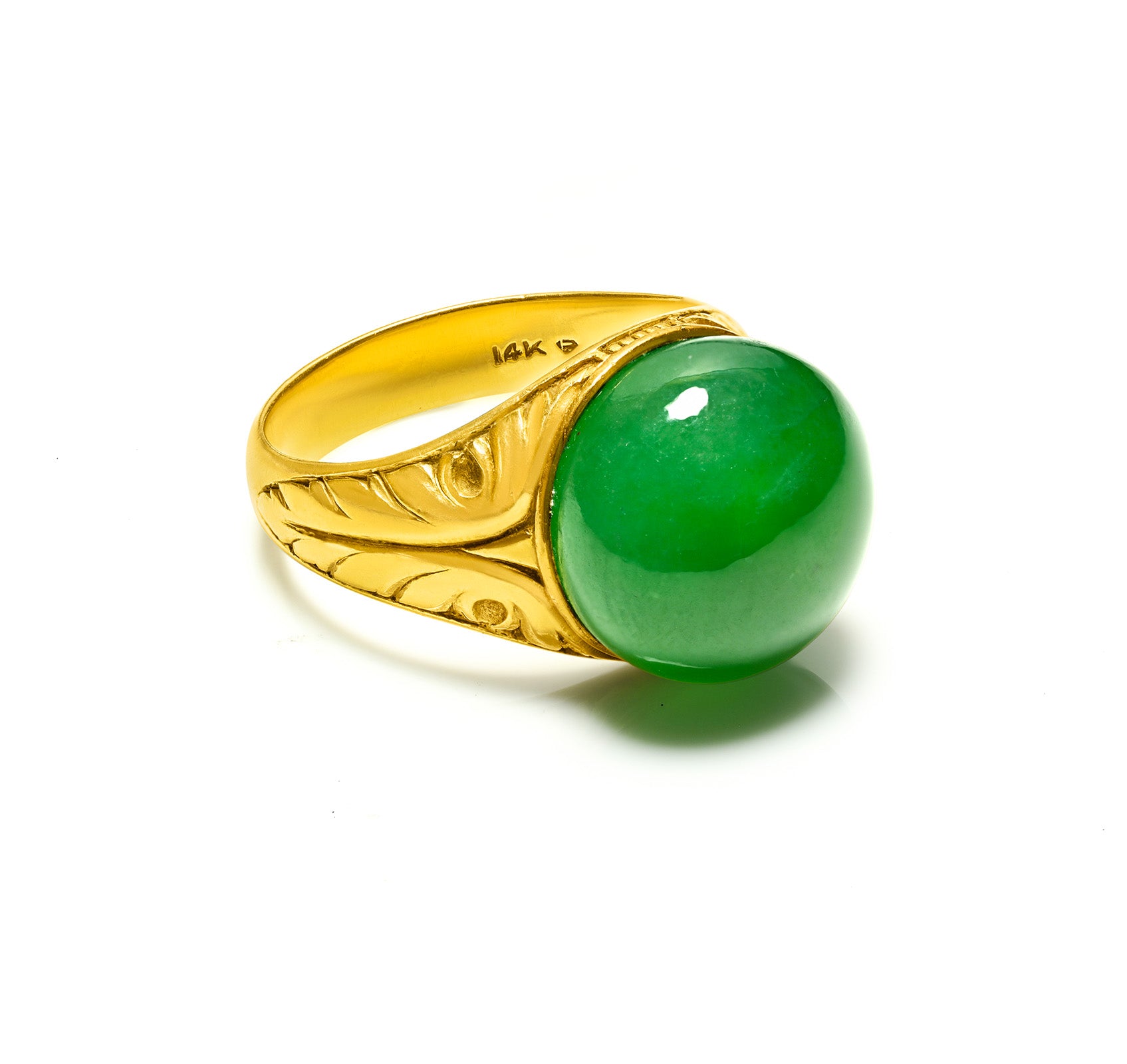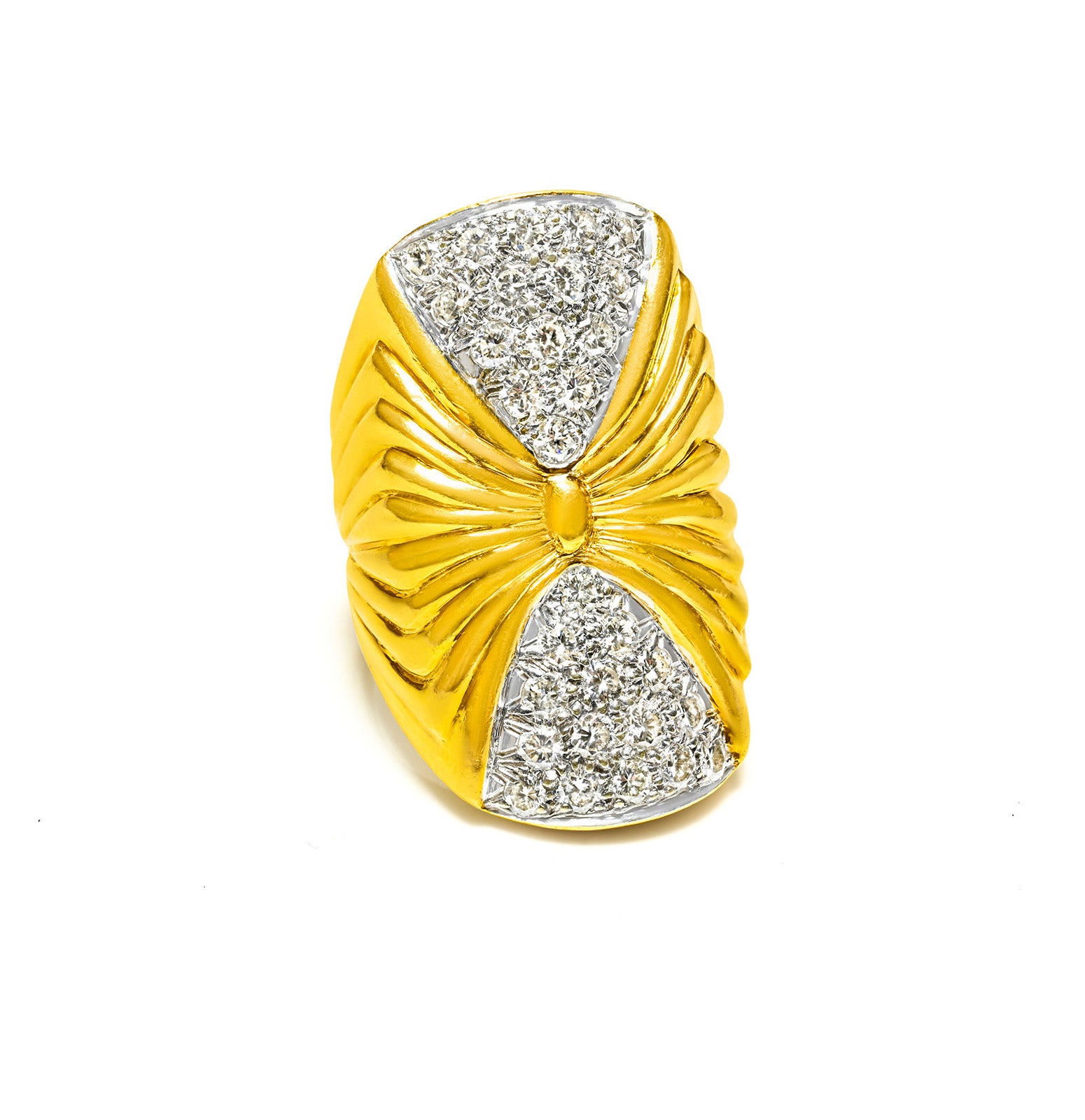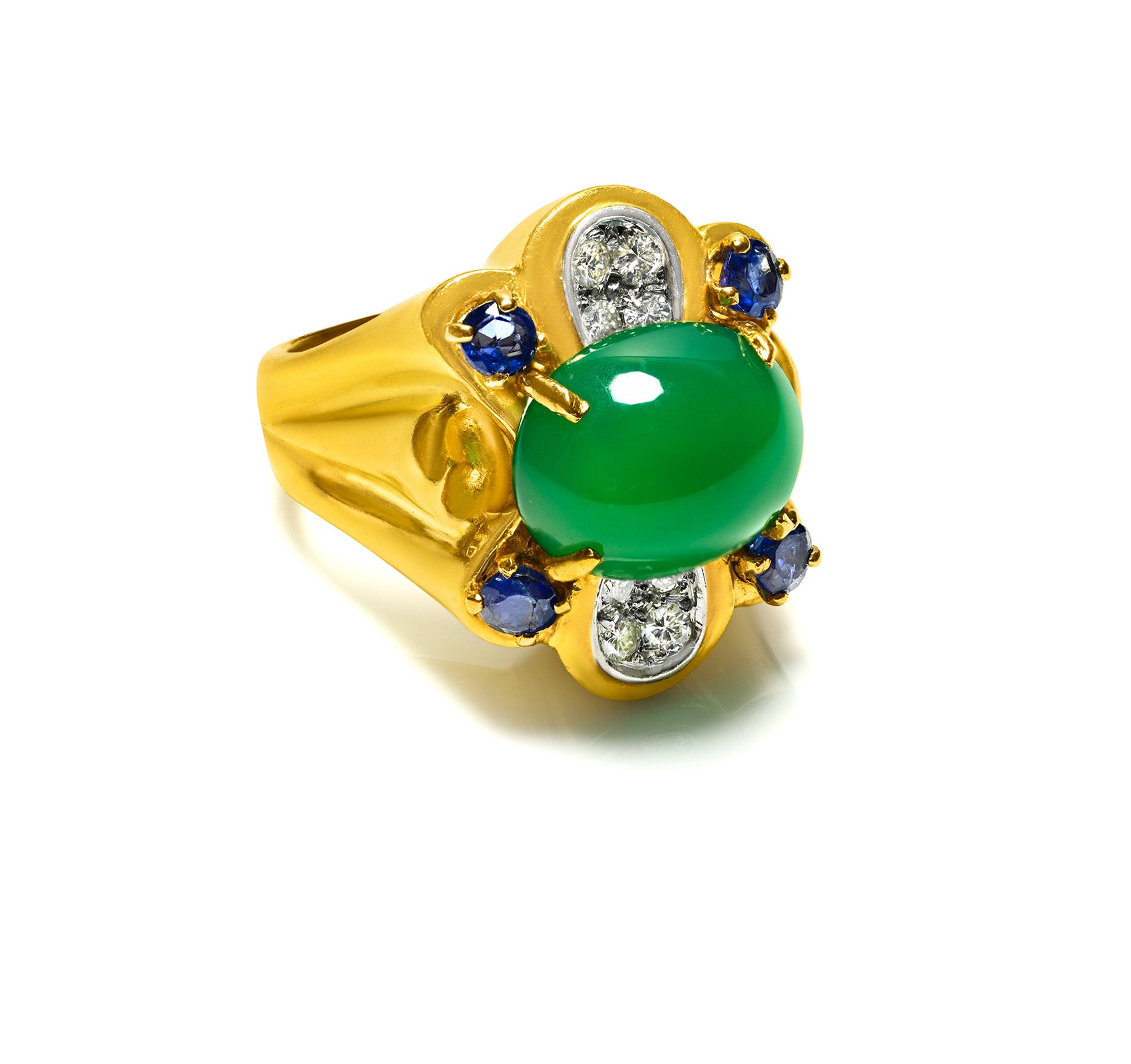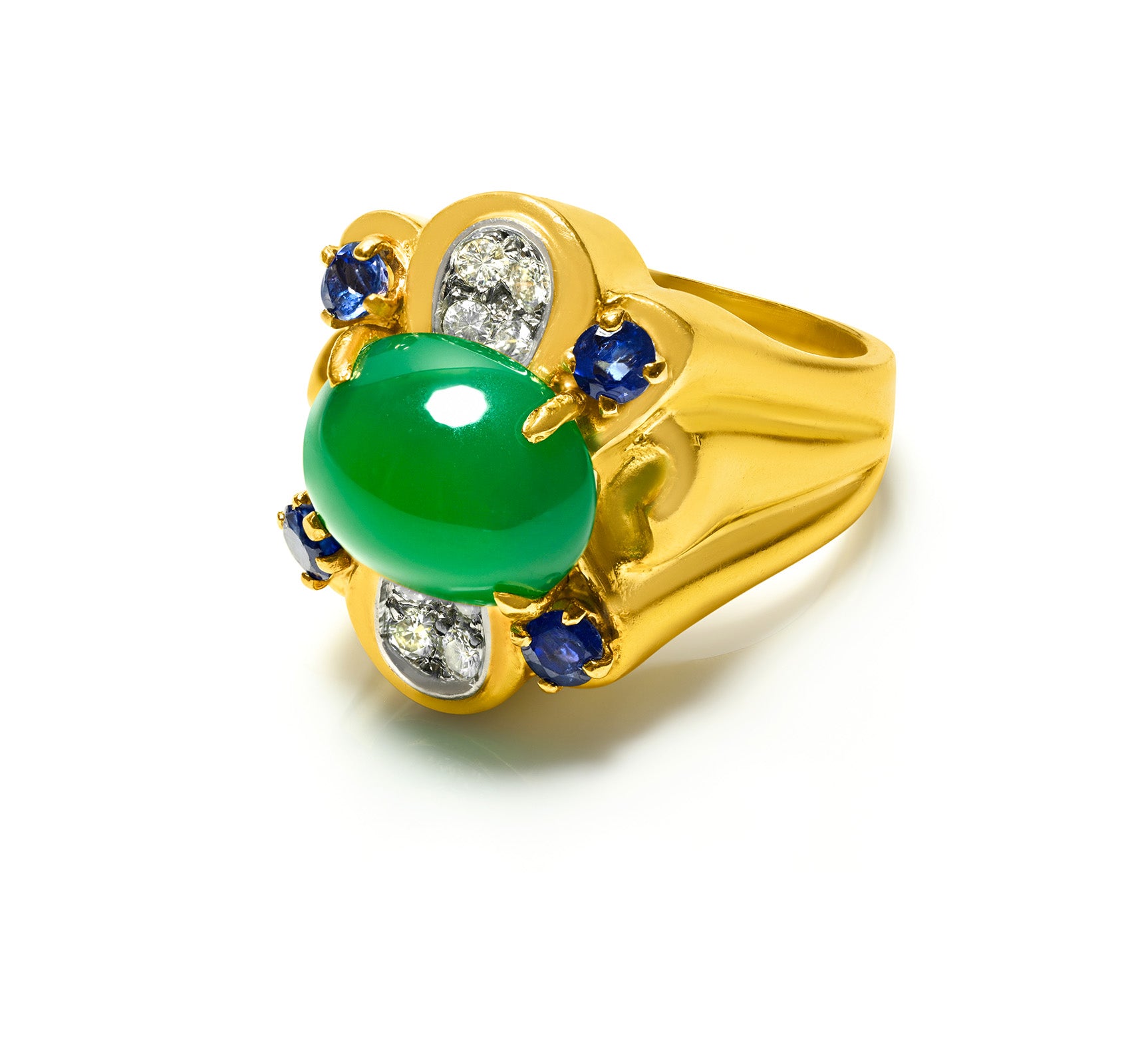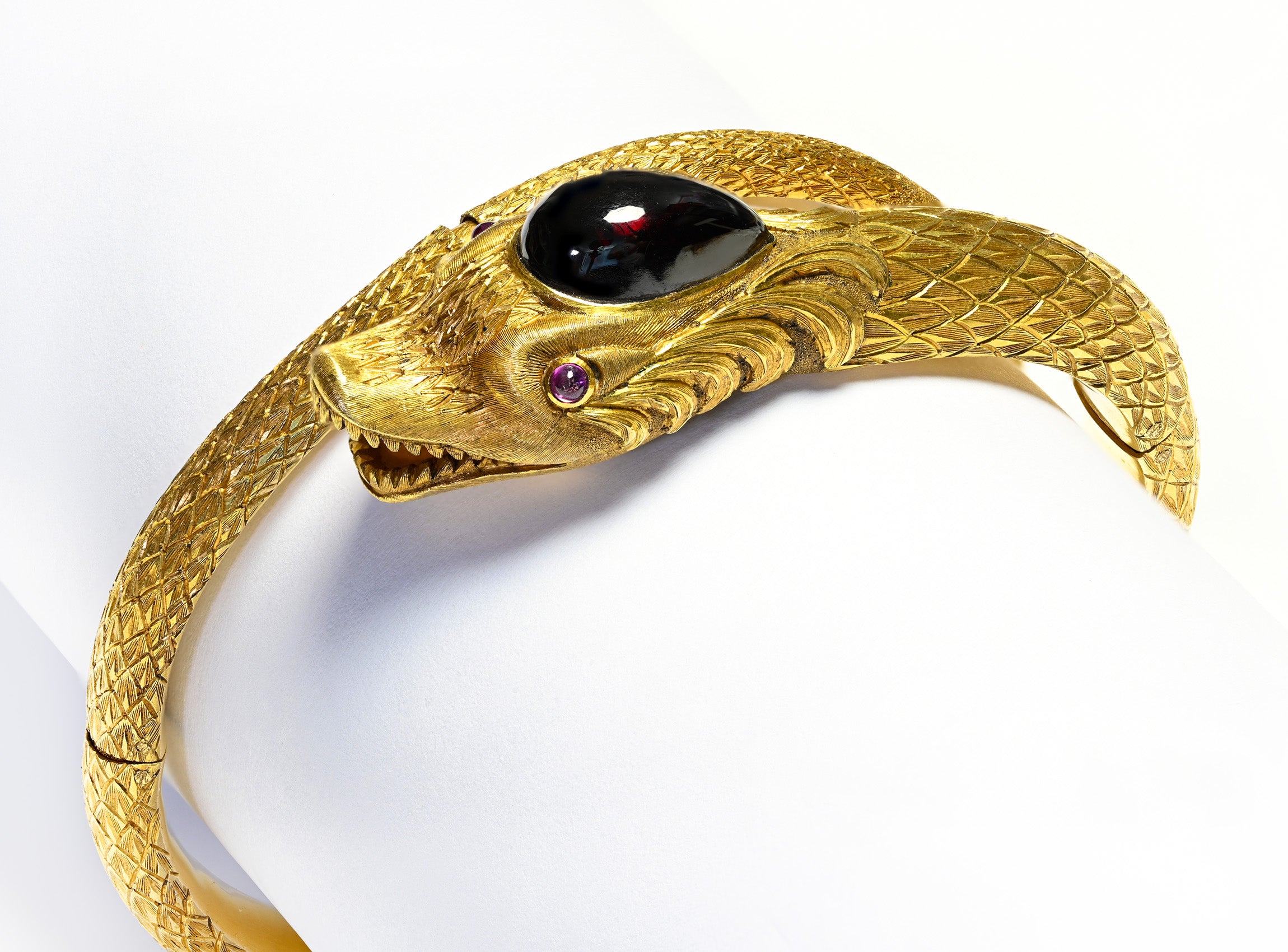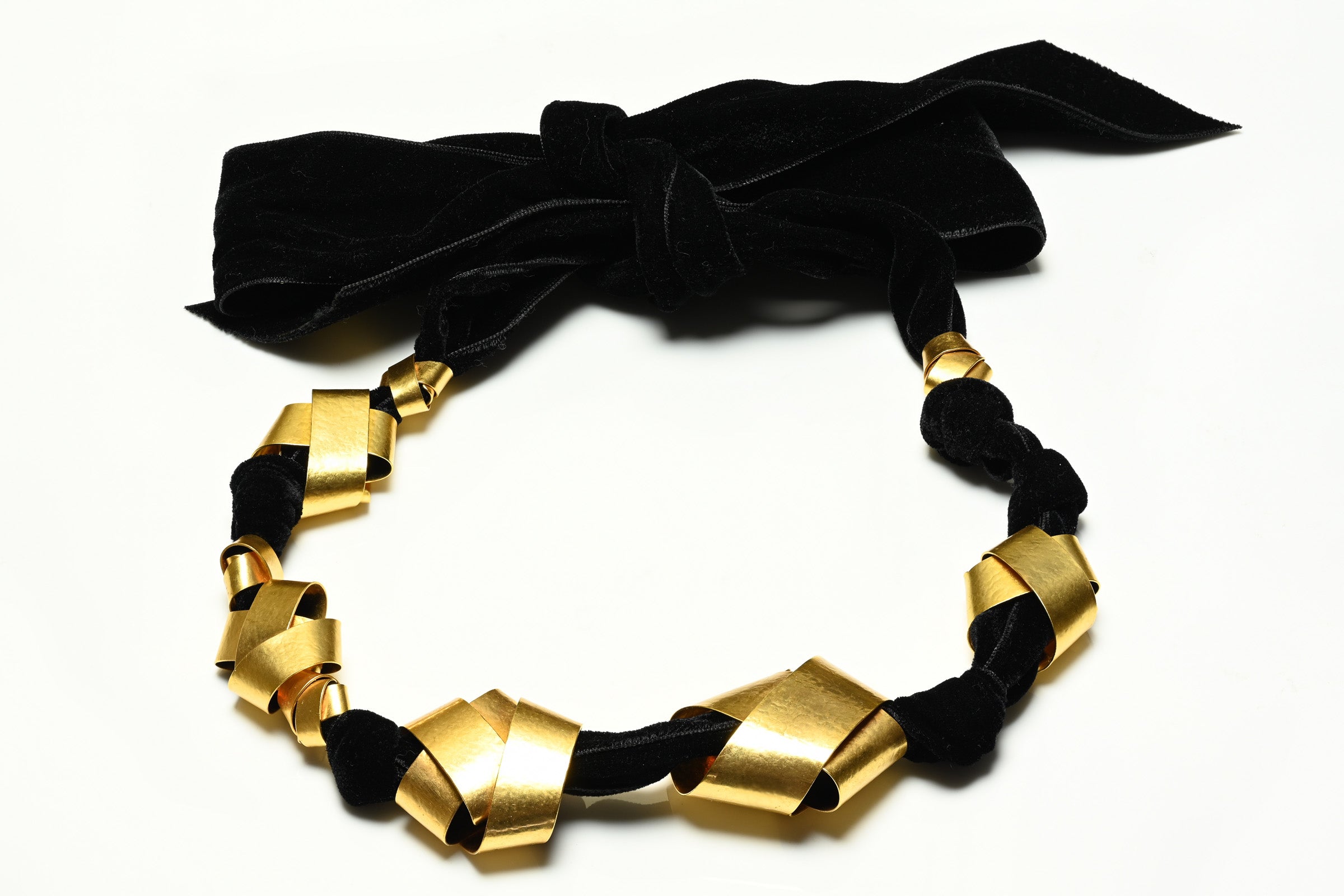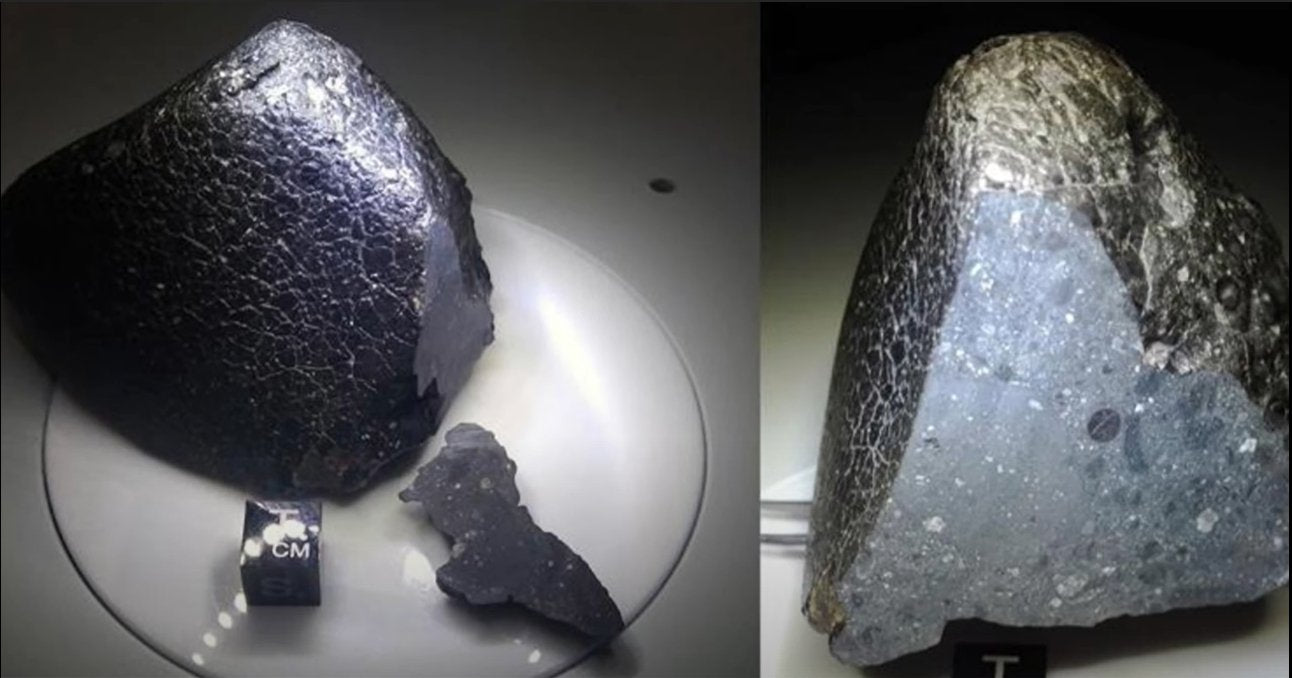
Mysterious Extraterrestrial "Black Beauty" Discovered In The Sahara Desert
A mysterious extraterrestrial object dubbed "Black Beauty" - which is unique on Planet Earth - has been discovered in the Western Sahara Desert by scientists.
Now, after a study conducted by experts at Curtin University in Perth, Australia, it has been revealed that the meteorite came from a crater on Mars, having been dropped from there 5-10 million years ago.
The researchers used artificial intelligence and revealed the exact location of the origin of the meteorite from the red planet. The rock is the only brecciated Martian sample available on Earth, according to the Daily Mail.
The Mysterious "Black Beauty" Meteorite
"Black Beauty", which weighs just 320 grams, led to the creation of a new class of meteorite when it was discovered in 2011 in the Sahara Desert in Africa. It contains several angular fragments of several types of rock, cemented together, researchers say.
This makes it different from all other Mars meteorites, which contain unique rock types that have fallen to Earth over time. The meteorite is also famous for having the most water of any Martian meteorite discovered on our planet.
"For the first time, we know the geological context of the only brecciated Martian sample available on Earth, 10 years before the NASA's Mars Sample Return mission is set to send back samples collected by the Perseverance rover currently exploring the Jezero crater," said Dr. Anthony Lagain of Curtin University in Perth, Australia, and author of the study.
The rock from the Mars meteorite that was discovered in the Sahara came from the impact of an asteroid that hit the red planet 5-10 million years ago, the study said.
Researchers Used AI And Made A Breakthrough
Researchers used artificial intelligence to analyze thousands of high-resolution planetary images from Mars to identify the exact location of the most significant meteorite that came from there to Earth, named NWA 7034.
The new machine learning algorithm is called the Crater Detection Algorithm, and it is an object detection algorithm trained to detect craters on planetary images.
"It works like other object detection algorithms designed for facial recognition, plant recognition, or car plate detection. In simple words, you show the algorithm a lot of examples of what you want to extract from an image (training) and you run it on other images," Dr. Lagain told MailOnline.
"The difficulty here is that impact craters and the background (i.e. the surface between the craters) on Mars exhibit different morphologies whether you are at the equator or close to the poles, or on volcanic and fresh terrains or on old cratered terrains. So we had to train it to recognize impact craters with high precision in different contexts."
The "black beauty" was flung from Mars when an asteroid hit the surface of the red planet and created the Karratha crater. In 2013, meteorite NWA 7034 was dated and found to be 2.1 billion years old, the second oldest Martian meteorite to fall to Earth after NWA 7533.
Picture source: NASA




